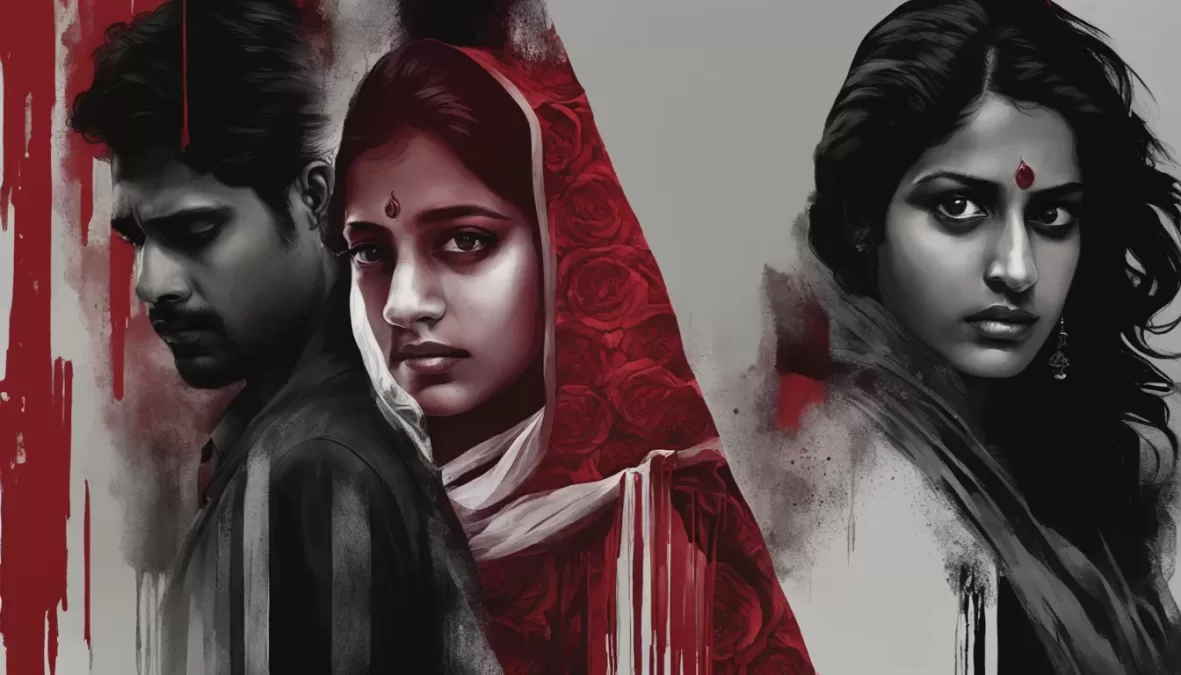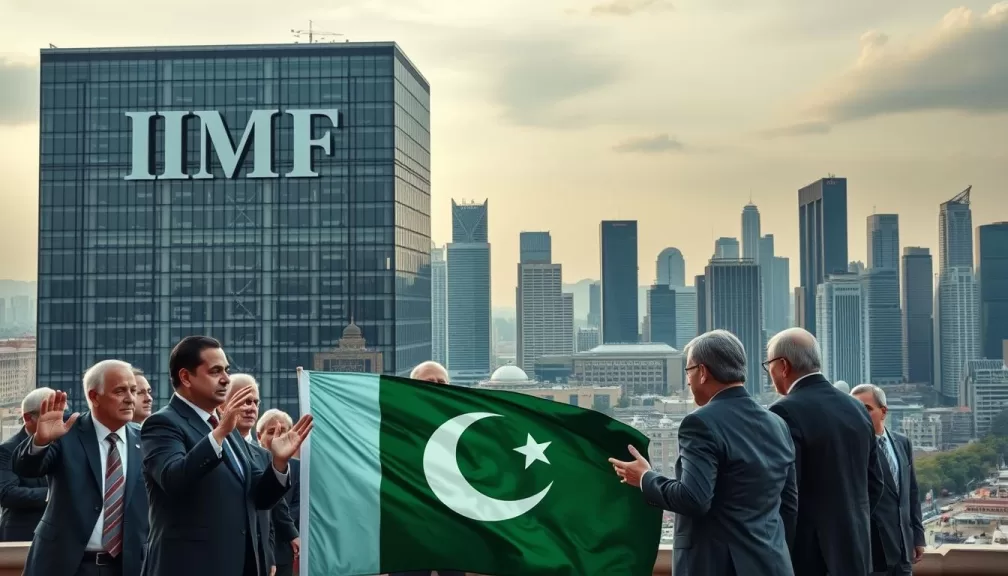This article looks at some shocking rape cases in India. It shows why we need more awareness and better protection against gender violence. These cases affect the legal system, laws, and how society sees sexual assault. We’ll explore these serious incidents, their legal results, and how they affect victims and communities.
Looking at India’s rape cases, we see how deep their impact goes. Each case shows the big challenges and efforts to get justice for survivors. Legal help for rape victims is key to making sure justice supports and protects them. We must understand how these cases change justice, society, and help victims get back into life, following international laws and India’s Constitution.
Key Takeaways
- The Nirbhaya case led to big legal changes and made more people aware.
- Mumbai’s Shakti Mills gang rape made public safety steps much stronger.
- Kathua rape case showed how bad things can happen to kids and the legal issues.
- Bhanwari Devi’s case was a big step in fighting sexual violence in rural areas.
- Unnao rape case showed how politics can make getting justice hard.
- Mathura’s case helped change India’s rape laws a long time ago.
- Events at Vishwa Bharati University led to changes in education and management to stop sexual violence.
The Nirbhaya Case: A Turning Point
The Nirbhaya case, or the 2012 Delhi gang rape and murder, changed India’s view on sexual violence. This tragic event shocked the nation and led to big changes in society and laws. Let’s look at what happened on that terrible December night.
Incident Description
A 22-year-old physiotherapy intern, Jyoti Singh, was brutally gang raped and murdered in a bus. Six attackers, including a minor, hurt her and her friend badly. Jyoti later died in a Singapore hospital, making the case a national shock.
Public Outrage and Protests
The attack’s details sparked huge protests across India. People demanded justice and better safety for women. This showed how much the nation felt the impact. It made supporting rape victims a top priority, pushing for a change towards better protection and understanding.
Legal Reforms Post-Nirbhaya
After this tragic event, India changed its rape laws. The Criminal Law (Amendment) Act, 2013, made investigations and trials faster for sexual crimes. Key changes included:
- Section 375 of the Indian Penal Code was broadened to cover more types of sexual violence against women.
- Gang rape punishment was set to at least 20 years, possibly a life term.
- Section 376A was added, with harsh penalties, like life or death, for serious cases that harm or leave victims in a vegetative state.
The Nirbhaya Jyoti Trust was set up by Jyoti Singh’s parents to help rape victims and push for justice. While there’s doubt about law enforcement, the case’s impact on society and laws is clear. It’s a crucial step towards fighting violence against women in India.
The Shakti Mills Gang Rape Case: Mumbai’s Nightmare
The Shakti Mills gang rape case in 2013 shocked the nation. It showed how unsafe women are in public places. This event made it clear we need better ways to keep women safe and report rape cases.
Details of the Crime
A young photojournalist was brutally gang-raped in an abandoned mill in Mumbai. This happened even though her male colleague was there, who was also attacked and tied up. The attackers, in their early twenties, took advantage of the deserted place, showing we need better safety in public.
Court Proceedings and Outcomes
The court acted fast and firmly, showing no tolerance for such crimes. Within a year, the attackers were caught, tried, and found guilty. Three adults got death sentences, and others got life. This decision set a strong legal precedent, showing how serious these crimes are taken.
Impact on Public Safety Measures
After the Mumbai Shakti Mills case, there was a big push for better safety for women in public. More CCTV cameras and police were put in vulnerable areas. The case made people more aware and led to better actions against sexual crimes, making women feel safer.
| Impact | Details |
|---|---|
| Increased Awareness | The case made people realize how common sexual assaults are. It started important talks about the trauma survivors go through and the need for better ways to report rape. |
| Support Systems | It showed we need good support for victims, including legal, medical, and psychological help. |
| Legal Reforms | The quick action from the courts showed the power of strong laws and the police in fighting sexual crimes. |
| Societal Perceptions | The event sparked big talks about women’s safety and made people accept that sexual violence is a big problem. |
| Media Role | Lots of media coverage changed how people see things and showed how important the media is in talking about and reporting sexual crimes. |
The Mumbai Shakti Mills case has had a big impact. It reminds us we need to do more to keep women safe and make sure we report rape cases well.
The Kathua Rape Case: A Horrific Crime Against a Minor
The Kathua rape case in India’s Jammu region shocked the nation. It involved the abduction, gang rape, and murder of Asifa Bano, an eight-year-old girl. The crime happened between January 10 and January 17, 2018. It made people talk more about gender-based violence.
Brutality and Details of the Incident
Asifa Bano was taken while she was looking after her horses. She was then taken to a temple and locked up. There, she was brutally raped by several men, including a priest and police officers, over several days.
A sedative called Clonazepam was used to make her helpless. Sadly, she died from strangulation and a severe head injury caused by a heavy stone.
Legal Proceedings and Verdict
The trial got a lot of attention and ended with six out of seven accused being convicted. The trial was in Pathankot, following the Supreme Court’s order. Three of the men got life sentences “till their last breath.” Three others got five years for destroying evidence.
Sanji Ram, Deepak Khajuria, and Parvesh Kumar got life sentences. The verdict was important for showing the need for strong legal actions against such crimes.
Widespread Protests and Regional Impact
The case caused big protests and made people more aware of gender-based violence. People across the country demanded quick justice. The world also spoke out for fair trials.
The case made tensions in Jammu and Kashmir worse because of the victim and attackers’ religious backgrounds. It showed how important counseling for rape victims is. It helps survivors and their families recover.
Bhanwari Devi Case: A Fight for Justice
In 1992, the Bhanwari Devi case became a key moment in India’s fight for justice for rape victims. Bhanwari, a social worker from Rajasthan, was gang-raped for trying to stop a child marriage. Her story led to a big legal fight that showed how hard it is for survivors to get support.

The first court case in Jaipur in 1995 didn’t support Bhanwari. It found the accused not guilty. The police didn’t collect evidence well, and Bhanwari didn’t take money to prove she wasn’t lying.
Women’s rights groups spoke out against the verdict, causing a big stir. By 2007, the case was still ongoing, with one hearing in the Rajasthan High Court. The case made Bhanwari and her family outcasts. Sadly, a local MLA celebrated the accused’s victory in a rally.
Bhanwari’s story showed how hard it is to fight tradition and gender bias in the law. Today, UNICEF says 1.5 million girls under 18 get married each year in India. But Bhanwari’s case led to big changes, like the Supreme Court’s 1997 Vishakha Guidelines on workplace sexual harassment.
Bhanwari Devi’s story shows how important it is to help rape survivors and have strong support systems. Her efforts changed rape laws in India for the better.
Rajasthan started fighting against feudal practices in the early 1980s. They sent girls to school, stopped early marriages, and helped women facing violence at home. With UNICEF’s help, Rajasthan became the first state to support women’s empowerment with a special program. This brought together government, NGOs, and research for real change.
| Impact | Details |
|---|---|
| Social Ostracism | Bhanwari and her family faced social boycott and were labeled as liars. |
| Judiciary Response | Initial acquittal of all accused and biased remarks against Bhanwari by the judiciary. |
| Media Attention | National and international media spotlight on the case, sparking debates on women’s rights. |
| Vishakha Guidelines | Formulated in 1997, laying the foundation for workplace sexual harassment laws. |
| UNICEF Collaboration | Rajasthan’s pioneering efforts in women’s empowerment programs supported by UNICEF. |
Bhanwari Devi’s fight shows we need strong laws and support for rape survivors. Her impact on rape laws is a sign of her strength.
Unnao Rape Case: Political Implications
The Unnao rape case happened on June 4, 2017, in Unnao, Uttar Pradesh, India. It showed how crime and politics are linked in India. Kuldeep Singh Sengar, a former BJP MLA, was accused of raping a minor girl. This case showed how power can affect justice.
The case had big political effects. Sengar was protected by his power, leading to claims of threats and attacks on the victim’s family. The victim tried to take her own life at the Chief Minister’s home on April 8, 2018, to get attention. This showed how politics affects rape trials.
People and the media started to pay more attention, and protests happened. This showed the need for justice for rape victims.
Sengar was found guilty on December 20, 2019, and got life in prison. But, it was a complex process. The Supreme Court had to step in because of legal and political issues, moving cases to Delhi. Sengar was also found guilty of causing the death of the victim’s father.
The case also highlighted how hard it is to get compensation for victims. Sengar was fined ₹25 lakh, some of which went to trial costs. The Supreme Court also ordered ₹25 lakhs in interim compensation for the victim from the Uttar Pradesh government. This shows the big challenges rape survivors face, especially when the accused is powerful.
On July 28, 2019, the victim and her family faced another tragedy when a truck hit them, seriously injuring the victim and killing two relatives. Even after Sengar was convicted, the case showed how politics can affect rape trials. It’s a clear example of the hurdles in getting justice for rape victims in India.
| Event | Description | Date |
|---|---|---|
| Incident Occurred | Unnao rape case against BJP MLA Kuldeep Singh Sengar | June 4, 2017 |
| Victim’s Self-immolation Attempt | At Chief Minister’s Residence | April 8, 2018 |
| Sengar’s Conviction | Life imprisonment for rape | December 20, 2019 |
| Supreme Court Intervention | Transfer of cases to Delhi | 2019 |
| Truck Collision | Serious injuries to the victim, death of two relatives | July 28, 2019 |
Mathura Rape Case: Historical Context and Legal Implications
The Mathura rape case happened on March 26, 1972. It was a turning point in India’s history of rape laws. A young tribal girl, Mathura, was allegedly raped by two policemen. This event led to big changes in how India handles rape cases.

Background of the Case
Mathura was between 14 and 16 years old when the incident occurred. The court first said the accused were not guilty, causing widespread anger. The Bombay High Court later found them guilty and sentenced them. But the Supreme Court in 1979 said they were not guilty again, sparking more protests.
Societal and Legal Impact
The case made people see the need for change in the justice system. It showed how hard it is for victims, especially those from marginalized groups. Women’s groups formed to fight for better laws and support for victims.
- Public protests and increased awareness of women’s rights.
- Formation of numerous women’s organizations focused on legal reforms.
- Empowerment of women’s movements across India.
Changes in Rape Laws Post-Mathura
After the Mathura case, laws changed a lot. The Criminal Law (Amendment) Act of 1983 was a big step forward. It made the legal system better for victims.
- Section 114(A) of the Evidence Act: Presumed the absence of consent if the victim stated so.
- Sections 376(A) to 376(D) of the Indian Penal Code: Specifically addressed custodial rape, providing stricter penalties.
- Section 228A of the Indian Penal Code: Protected the identity of rape victims.
These changes made the legal system more focused on victims. They made sure the victim’s word was taken seriously.
| Law/Section | Description |
|---|---|
| Section 114(A) Evidence Act | Presumption of lack of consent if stated by the victim. |
| Sections 376(A) to 376(D) IPC | Specific provisions addressing custodial rape. |
| Section 228A IPC | Protection of rape victim’s identity. |
The Mathura rape case reminds us that laws need to keep changing to protect rape survivors. It’s a key moment in the fight for women’s rights and better rape laws in India.
The Vishwa Bharati University Case: Academia in Scandal
The Vishwa Bharati University case was a turning point, spotlighting the issue of sexual harassment in academia. It involved serious allegations of rape by a student at this prestigious university in West Bengal. This led to a wide-ranging debate on the need for better safety measures for women in schools.
Incident Overview
The case of sexual harassment and rape at Vishwa Bharati University was shocking. A female student accused a teacher, highlighting the power imbalance in schools. It sparked a national conversation on how to keep women safe on campus.
This led to a deeper look at the problem of sexual harassment in academia. It showed the urgent need for strong safety measures for women in schools.
Legal Proceedings and Academic Reforms
The case went through the legal system, showing the need to improve handling of sexual harassment in schools. But it also sparked change. The university started making big reforms.
They set up committees to deal with sexual harassment and made campuses safer for women. These steps drew attention from schools all over India.
University’s Response and Measures
Vishwa Bharati University took big steps to make its campus safer after the scandal. They held workshops on gender awareness, strictly applied sexual harassment rules, and quickly dealt with complaints. The university made it clear that student safety and dignity are top priorities.
These actions were not just quick fixes but also set a new standard for other schools in India. They showed that being vigilant and proactive is key to keeping students safe.
The Vishwa Bharati University case highlights the need for strong safety measures for women in schools. It has influenced policies and practices, making sure schools take care of all students. This leads to safer and more responsible academic environments.
Conclusion
Rape is a big problem in India, affecting people of all backgrounds. The numbers show us how serious this issue is. In 2021, there were 31,677 reported rape cases, which is about 86 each day. This is a big jump from before.
Most of these rapes were done by people the victims knew. This shows we need to work on protecting our communities better.
Looking at cases like Nirbhaya, Kathua, and Unnao, we see that laws have helped a bit. But, we still have a long way to go. We need stronger laws and quick justice for victims.
Helping rape victims through counseling is also key. It helps them heal and move forward. We must have strong support systems for them.
Teaching people about gender violence can change society. Places like Rajasthan had the most cases in 2021, while Kolkata had the fewest. This shows local efforts and awareness are important.
We must keep pushing for a safer world. Our goal is to end sexual violence and support survivors fully. We aim for a future where no one fears such crimes.





